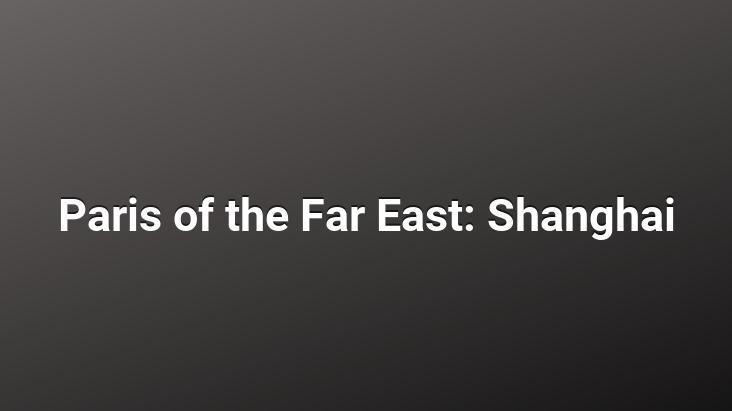We start our China trip from Shangai, which is called the Paris of the Far East. This is a large commercial and shopping center. The city is built on the Yangtze riverdelta. 19. While it was a fishing town in the 19th century, it has taken its place among the busiest and largest port cities in the world today.. is the largest city and the largest cargo port. There are said to be more skyscrapers in this city than in New York. A megacity with huge shopping malls, hotel complexes, major highways and viaducts, nightclubs.. Meanwhile, they have managed to preserve their own cultural heritage.
Shanghai is a city that offers many options in terms of accommodation.. If a few hotel recommendations are given among expensive and economical hotels here, New Harbor Service Apartments are among the hotels that can be preferred, located within a 10-minute walk of People’s Square.. Next to this hotel, you can consider the Holiday Inn Shanghai which is located in Pudong and close to the Shanghai International Exhibition Center. The hotel, which is also affordable, is located in a location where you can reach many touristic places of the city.. If you are on a tight budget and looking for more economical hotels, you can consider Shanghai Fish Inn East Nanjing Road hotel, which is very close to Nanjing, the city’s most famous shopping street.. For other hotel options in Shanghai, you can log in to booking.com and make a reservation here.
Huangpuziang river divides the city into two.. One side of the river is Waitan, the other side is Oriental Pearl TV Pudong district and skyscrapers.
To get to know the city, we first take a boat tour on the Huangpuziang river.. We cross the Yangpu bridge over the river, the Nangu bridge and under several other bridges. Spectacular examples of architecture in the Waitan area, Oriental Pearl TV (the pearl of the far east TV tower) and Jian Mao tower, Pudong district We watch the and the skyscrapers. This pleasant trip gives us a visual feast.
The next day we go to the old Chenghuangmiao temple.. this is 15. A temple built with typical Chinese architecture in the 16th century. An impressive temple decorated with red pillars, red Chinese lanterns, wood carvings, incense, worshipers and cloth flags with the names of donors to the temple. There are shopping shops and restaurants in the streets around the temple where you can eat Chinese specialties.. The most important of the restaurants here is the British Queen 2. It is “Nanxiang Baozi” where Elizabeth eats. This restaurant is always very crowded due to the reputation it does. Therefore, if you want to go, you must make a reservation.. The word “Baozi” in the name of the restaurant means a steamed dumpling.
From hereYu Yuan gardens we are moving towards. On both sides of the narrow street we passed on the way to the gardens, there are large and small shops selling all kinds of Chinese goods.. There are also plenty of options for those who want to eat local Chinese food. All kinds of insect fry sold in the open are also among the elements that add color to this street.
Yu Yuan gardens are also simply called Yuan and “garden of happiness” means. This garden has a history of 400 years.. Han Yunduan, who served as a minister during the Ming Dynasty, completed the garden after 28 years of effort for his father, Han En, who was also a minister, to have a happy old age.. However, his father died before he could see the garden.. After Han Yunduan’s death, his family went into economic crisis and therefore the garden was sold.. After the garden changed hands several times, Shanghai Municipality had this garden restored with great costs and opened it to tourism.
The garden consists of 6 basic parts.. There are many bridges and towers in it.. We pass through a door made with typical Chinese architecture to the garden, which is spread over an area of approximately 20 hectares, and pass to a hall where dinner invitations are held.. The living room is made entirely of wood. The roofs and the Dragon capitals on the roof reflect typical Chinese architecture.. The rocks behind the hall were adhered to each other with lime and rice glue, creating a 12-meter-high mound.
We pass from the dining hall to the main hall through two side-by-side corridors.. The wide one of these corridors was made for men and the narrow one for women.. The very large hall can host 300 people at the same time.. There is a stage located across the hall. The family that lived here at the time was watching opera on this stage.
Signs all over the city are in both Chinese and English.. Income distribution is disproportionate. 5% of Shanghai’s population lives in very good conditions, 95% below the poverty line. Our guide says that their monthly income is between 10-15 dollars.
While I was wandering around the streets, the methods of drying clothes caught my attention.. To avoid the need for ironing, they dry the straws by passing them through both arms of the sweaters.. The streets are filled with laundry thus left to dry.
From here we go to the Jade Buddha (Jade Buddha) temple. There are 2 Buddha statues in this temple, which was built in 1882.. The most important of these is the sitting Buddha, which is made of white jade on the second floor of the temple.. We reach this statue, which is 1.9 meters high and weighs 1.5 tons, by climbing narrow stairs.. However, shooting is prohibited here.. The wood carvings on the walls are very impressive.
Jade is a sacred stone for the Chinese, they believe it absorbs negative energy.
When we go downstairs, jewelery made of white jade again There is a reclining Buddha statue decorated with. This statue was made more recently. While the use of cameras is prohibited on the upper floor, you can shoot here.
We pass to the garden of the temple.. The roofs built with typical Chinese architecture in the lush garden, red Chinese lanterns hanging everywhere, incense, fabric flags with the names of those who donated to the temple resemble a feast.
From here we go to a factory where silk is processed.. Here they throw the silk cocoons into the water, attach the end of the rope to a mechanism and wind it on a reel.. Approximately 2.000 meters of rope comes out of 1 cocoon.. Afterwards, these silks are processed.
In addition, they open the cocoon again, take the core of the inside and the insects inside, and bring it to the size of 1 quilt by pulling it with their hands.. They make quilts by stacking them on top of each other.. These soft silk pillows and duvets are among the first to be bought from China.
Shanghai Theater is also among the must-see places in the city.. This theater is a 10-storey building located on an area of 2 hectares in the center of Shanghai.. The building, which was built by blending the features of eastern and western cultures, is 70 thousand square meters.. The roof of the building is in the form of an arc.
Only the lobby of the theater is 2.000 square meters and is white.. It gives a very beautiful view with its giant white marble columns and stairs on both sides.. There are 3 halls in the theater. The big hall has a capacity of 1,800 people and has 3 floors.. Other halls are for 600 and 300 people.
Shangai Urban Planning and Planning Museum is also among the must-see places.. The total area covered by the museum, which consists of 4 floors and is built on an area of 4,000 square meters, is 20,600 square meters.. Made between 1998 and 2001. There is an exhibition area of 7,000 square meters.
The main building of the museum was inspired by the entrance gates of traditional Chinese cities.. The roof of the museum is also very interesting.. There are 4 structures in the shape of white magnolia, which is the symbol of Shangai. Shanghai’s future city plans are also exhibited in this museum.
There are a few points I would suggest to keep in mind while walking around Shanghai . These; – The toilets here have flushes on the floor.. You run it with your feet.
-Dragon is located on the roofs of the buildings built with all Grass architecture.. Dragon has no gender.
– The peddlers in Shanghai are trying to sell in an annoying way, they won’t let you go if they catch you.
– A true imitation center. World brands are crawling on the street.
MUST HAVE OF SHANGAI:The Pearl of the East Tower (Oriental Pearl TV), Dragon figured roofs, Red Chinese lanterns, YuYuan Gardens, in the Waitan area buildings, Shanghai History Museum, Shanghai Theatre, Shanghai City Planning and Planning museum, Crispy bug fries sold as snacks on the streets and tea ceremony







